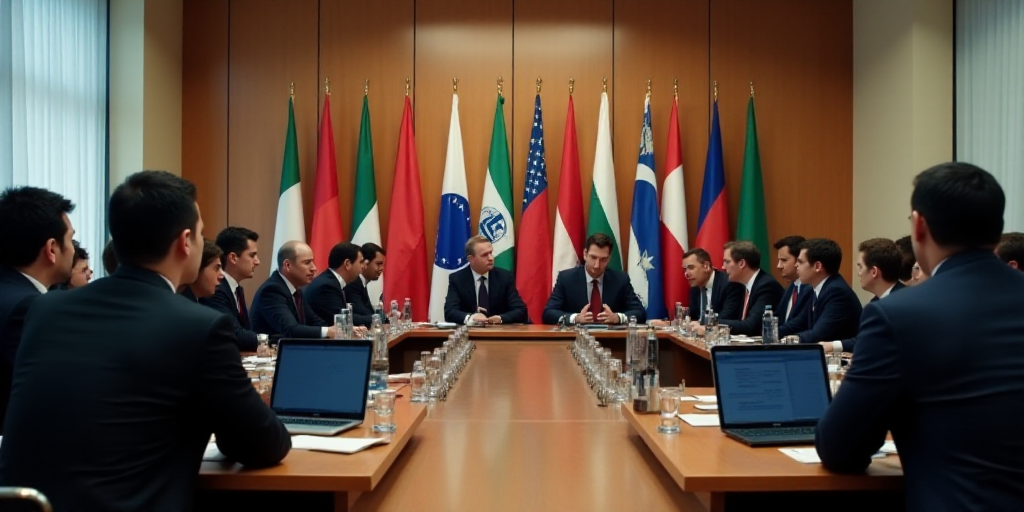Key Players and Background
The Mercosur, a South American trade bloc comprising Argentina, Brazil, Paraguay, and Uruguay, along with the European Free Trade Association (EFTA), a group of four European countries—Islandia, Liechtenstein, Noruega, and Suiza—not part of the European Union, have reached a free trade agreement. This development was announced during the LXVI Ordinary Meeting of the Common Market Council and the Mercosur and Associated States Presidents Summit in Buenos Aires, Argentina.
Details of the Agreement
According to the joint statement, this new free trade agreement will create a combined market of 300 million people and a GDP of approximately 4.3 trillion dollars. The agreement comes as Mercosur continues to negotiate a broader accord with the European Union.
Negotiation History
- The negotiations between EFTA and Mercosur began in 2017.
- Although an initial agreement has been reached, internal approvals from the involved countries are still pending.
- In 2019, a similar pact was announced but stalled due to disagreements on environmental issues.
- Reuters reported the conclusion of negotiations on Tuesday, citing Brazilian government sources suggesting that EFTA countries are expected to accept the agreement without resistance, unlike the Mercosur-EU deal.
Roles in Negotiation
Argentina is leading the negotiations for Mercosur, while Switzerland represents EFTA. Meanwhile, Mercosur and the European Union had previously agreed on a free trade deal in December, which still requires approval from EU member states.
Challenges and Opposition
The proposed Mercosur-EU trade agreement faces opposition from certain EU members, such as France. Critics argue that the agreement would disadvantage European farmers due to stricter regulations compared to their South American counterparts.
Key Questions and Answers
- Who are the parties involved in this agreement? The Mercosur trade bloc (Argentina, Brazil, Paraguay, and Uruguay) and the European Free Trade Association (EFTA), consisting of Islandia, Liechtenstein, Noruega, and Suiza.
- What does this agreement entail? The creation of a free trade area covering 300 million people and generating approximately 4.3 trillion dollars in GDP.
- When were the negotiations initiated? The negotiations began in 2017.
- Why is there opposition to the agreement? Some EU members, like France, are concerned that the agreement would put European farmers at a disadvantage due to stricter regulations compared to their South American counterparts.






